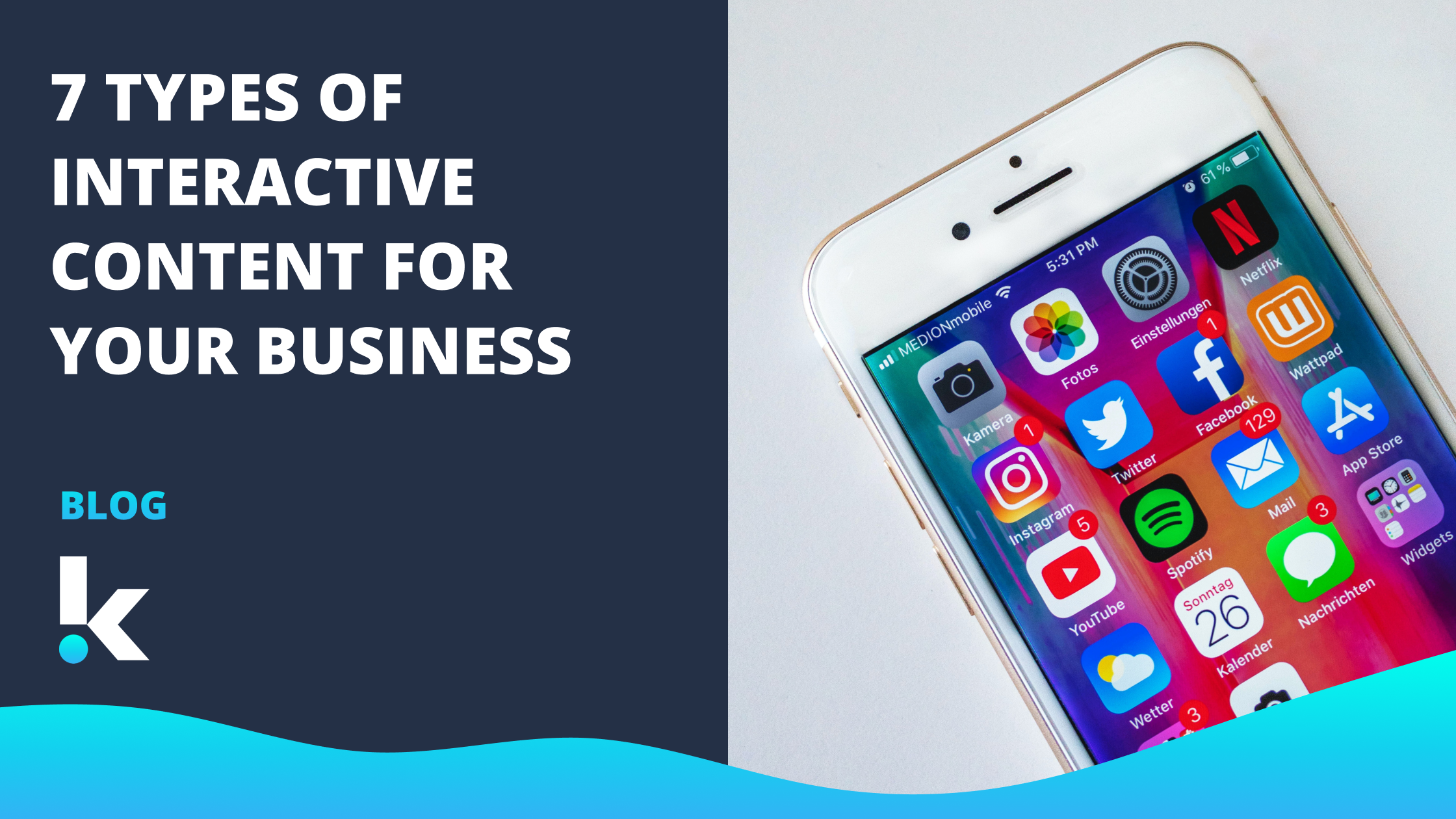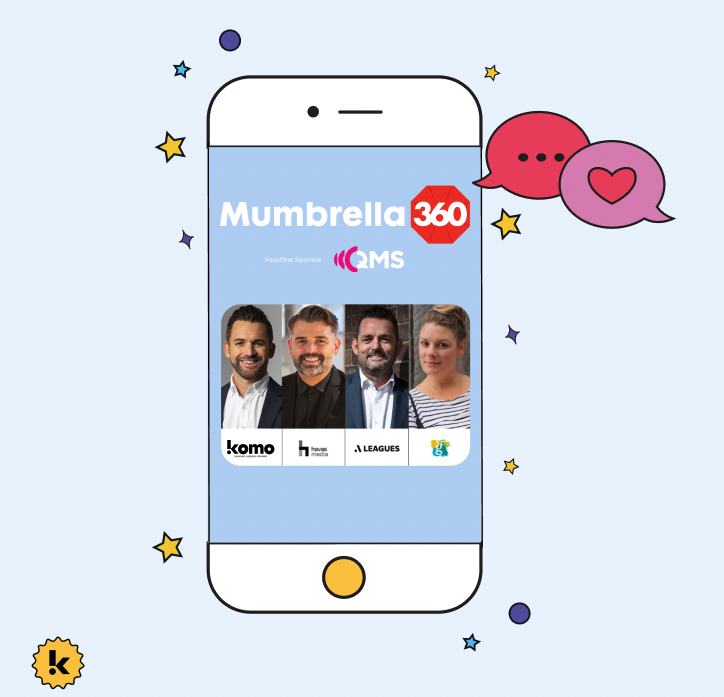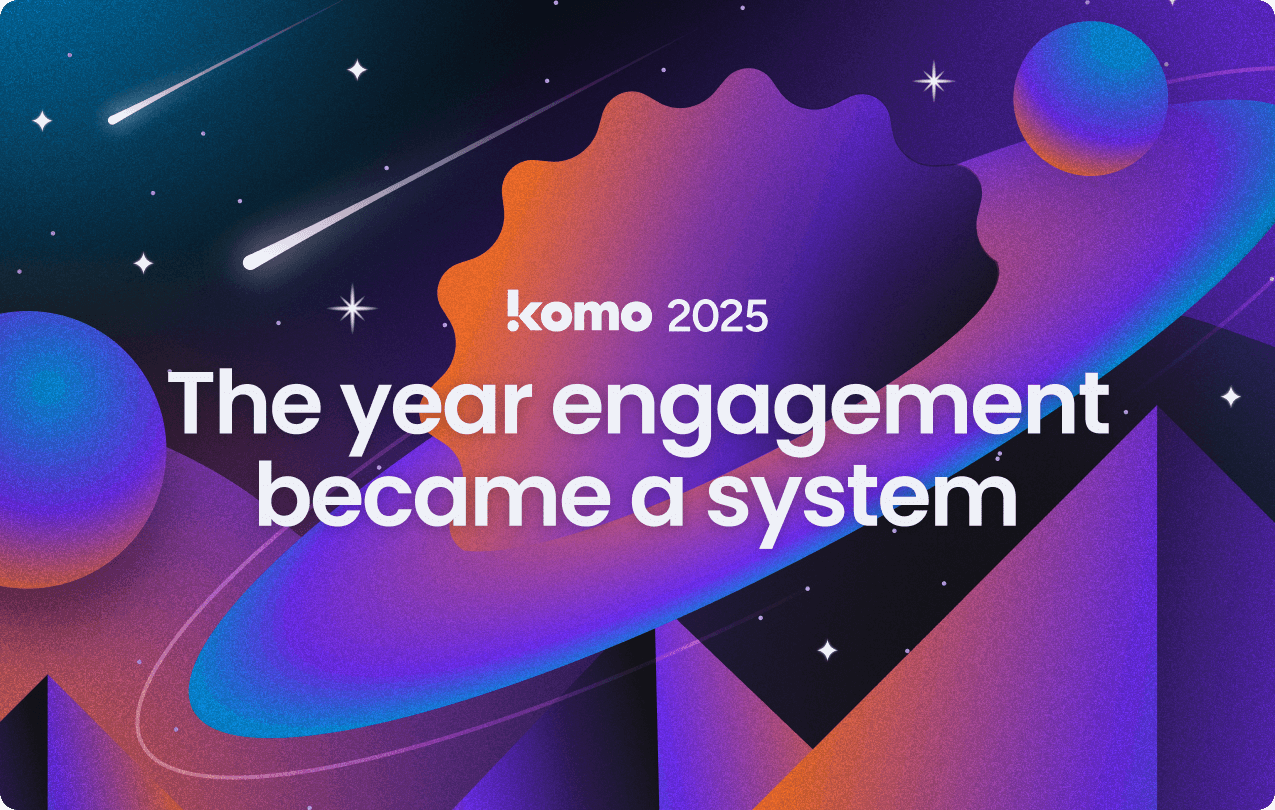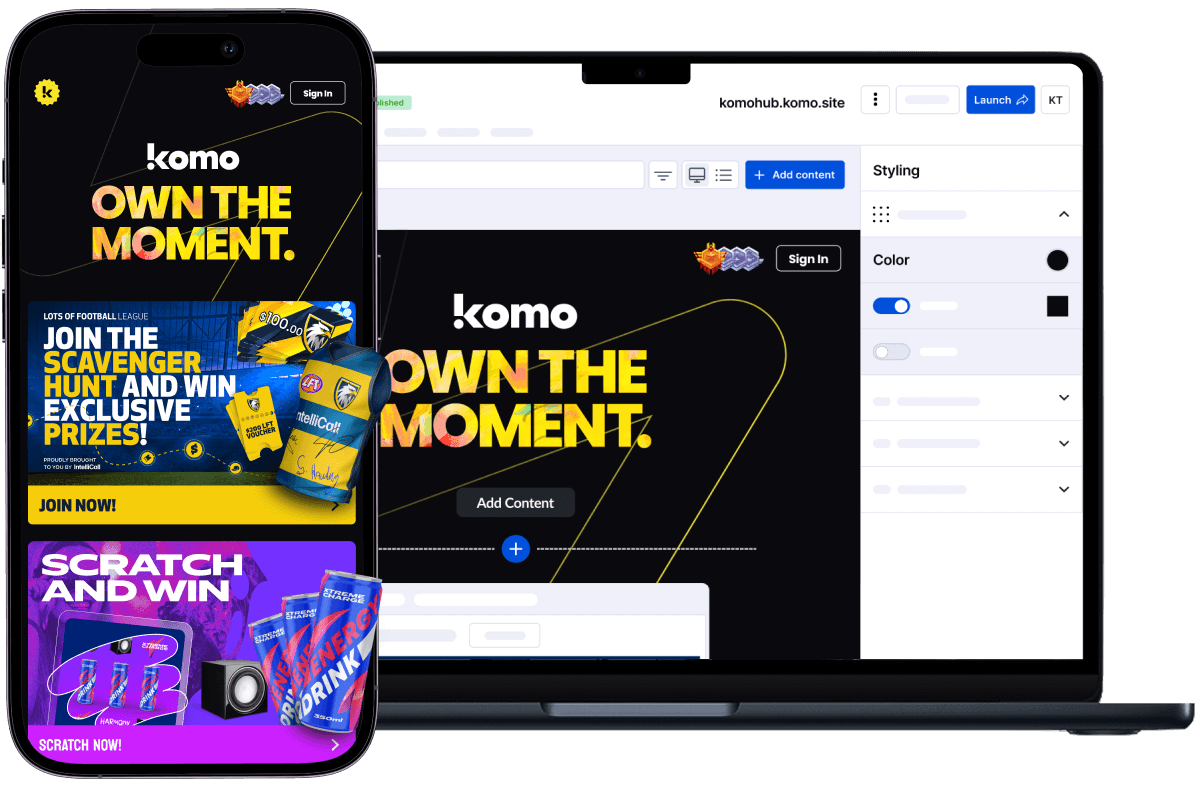The advent of digital allows for brands to do what their predecessors operating in the pre-digital age could not do: have a direct line of communication with their target audience and collect data through social media engagement.
What is social media engagement?
Defined as the measurement of how much people are interacting with your brand on social media platforms daily, social media engagement is commonly evaluated through metrics such as likes, comments, and followers. However, it's important to define social media engagement as more than just metrics. Making the mistake of focusing narrowly on click-through-rates, likes, and followers may cause brands to employ digital audience engagement strategies that prioritise outcomes over their audiences. After all, people follow social media pages and profiles that publish content they find valuable.
The importance of effective social media engagement lies in allowing brands to build a meaningful relationship with their audience and continually improve their strategies with data, levelling the playing field between large and small brands alike.
In this guide, we’ll be laying the groundwork on how to engage your audience on social media in a meaningful way that puts your audience at the center of the strategy.
1. Get to know your audience
As all brands are distinct and unique in their own way, it is essential for brands to develop digital engagement strategies that are personalised to their audiences’ needs and not adopt a one size fits all strategy. This is why brands need to have a thorough understanding of their digital audience, which includes the people who currently follow their brand and those who they would like to follow their brand.
A good way to get to know your audience is by segmenting audience personas according to demographics such as age, job, and income, but more importantly on the basis of their goals and challenges that your brand can help them accomplish and overcome respectively. Personas set the stage for important decisions about a brand’s social media audience engagement strategy, dictating important decisions from tone of voice to the channels used to communicate with audiences. At Komo, we recognise how integral understanding your target audience is for implementing a successful digital engagement strategy. The Live Trivia function of our platform allows brands to derive insights about their customers through quizzes, games, and competitions to increase brand engagement meaningfully.
2. Create content that speaks to your audience
Once you’ve developed and selected a persona your brand would like to appeal to, developing content that your target audiences find valuable is crucial for engaging your audience. People find all kinds of value from social media content, whether it’d be educational or entertainment value. For example, an Instagram page hoping to appeal to fitness fanatics may want to prioritise “how-to” guides and motivational quotes.
More than anything, the content your brand publishes has to be tailored to what your audience hopes to accomplish by following your page. A tried and true way for content creation is to address their pain points, lifestyles, experience, and interests.
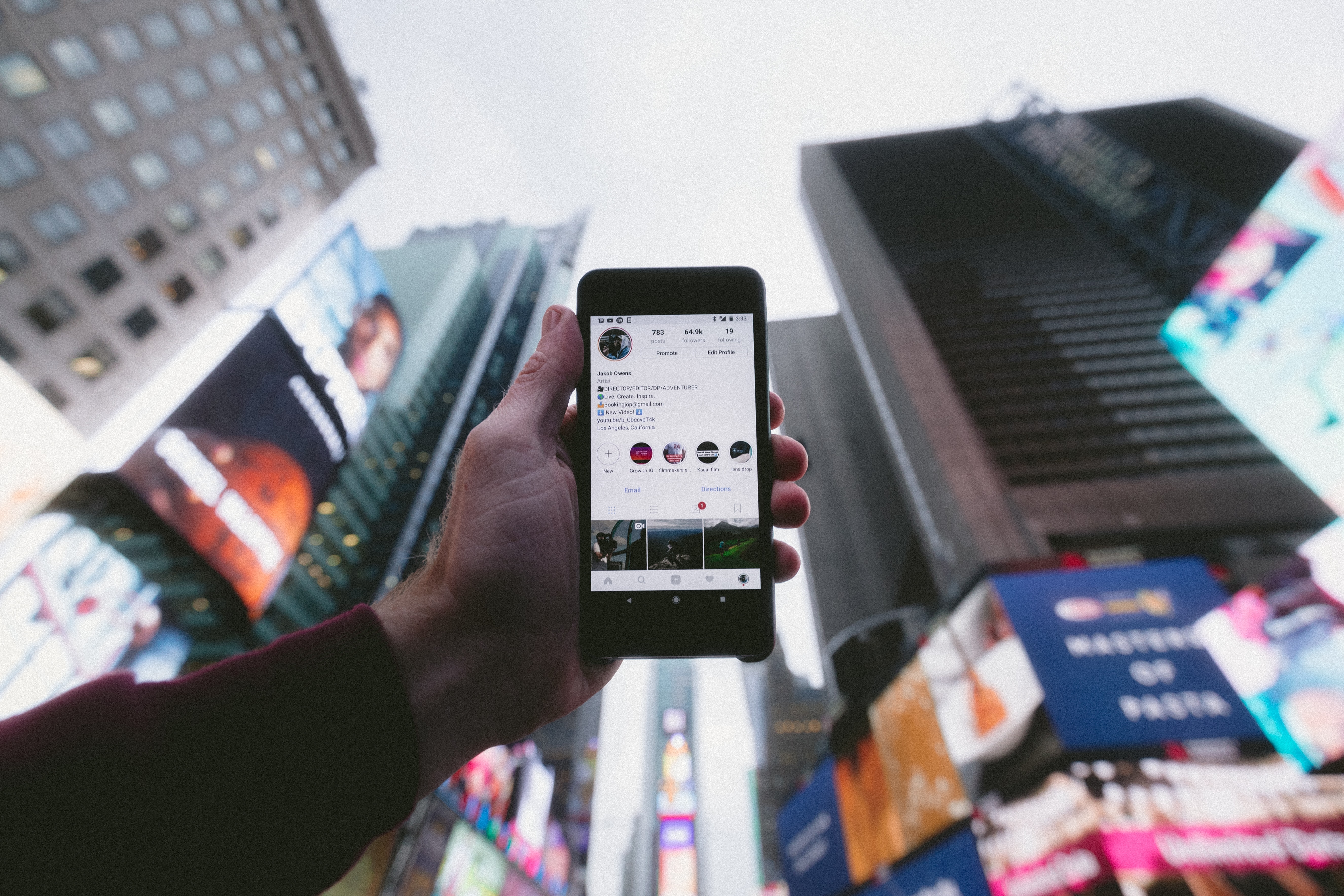
3. Utilise the appropriate channels and content types
Every social media platform and content type has its own strengths while appealing to different audience segments, and it’s up to brands to leverage these to their advantage. It is also important to consider the objectives for each content piece when selecting content types and channels. As a comparison, Instagram is the most preferred method for showcasing visual content in the form of short videos and pictures, LinkedIn may be optimal to establish thought leadership through sharing website blog posts, and YouTube may be optimal for long-form content with the objective to inform and educate.
4. Communicate on a personal level
Digital audience engagement also entails delivering content in the appropriate tone of voice that resonates with your persona, which is instrumental in making sure the message of your content is conveyed correctly and that your audience relates to your brand on a personal level. This is a great way to convey your brand’s personality and identity to invoke an emotional response through humanising your brand, which is especially important when engaging through digital mediums. Luckily for brands, many social media platforms and audience engagement software programs provide a myriad different functions for directly engaging with audiences. Notably, Instagram has functions for a poll, sliding rater scale, and a chat feature - perfect for brands to also collect insights on customers.
5. Utilise feedback and data for process improvement
Firstly, it’s important to establish that there is no one metric to define engagement. Metrics are used in conjunction with each other to tell a cohesive story from data. Most notably, deriving insights from social media analytics provides real-time data for your brand to evaluate its current strategy, and allows pivoting when necessary. As an example, a high click-through-rate from your brand’s Instagram page to your website but a low conversion rate on the landing page to purchase may indicate that your call-to-action to purchase may be in need of an overhaul.
Establishing Key Performance Indicators (KPIs) is an essential way to evaluate and track how effective your brand is in achieving social media engagement goals over time. Access to real-time data and the ability to quickly implement changes in website and social media content allows for experimentation. So, don’t be afraid to play around with visual and written elements of your website and social media!
Let Komo help you bridge the gap between customers and brand.
As emphasised earlier, all brands and their respective target audiences are distinct in their own way. Only by delving deep into the psyche of the people they hope to serve can they develop an engagement strategy that builds strong brand-customer relationships.
Komo’s platform is built on this idea: bridging the gap between a brand and its customers. Our Engagement Hub provides brands access to a large array of tools to engage their audiences in many different ways, each with different functions and types of data collected to ensure that brands are more than ready to elevate their social media engagement strategy.
Discover more ways that you can innovatively engage and understand your audience with Komo’s Engagement Hub.
.png)
